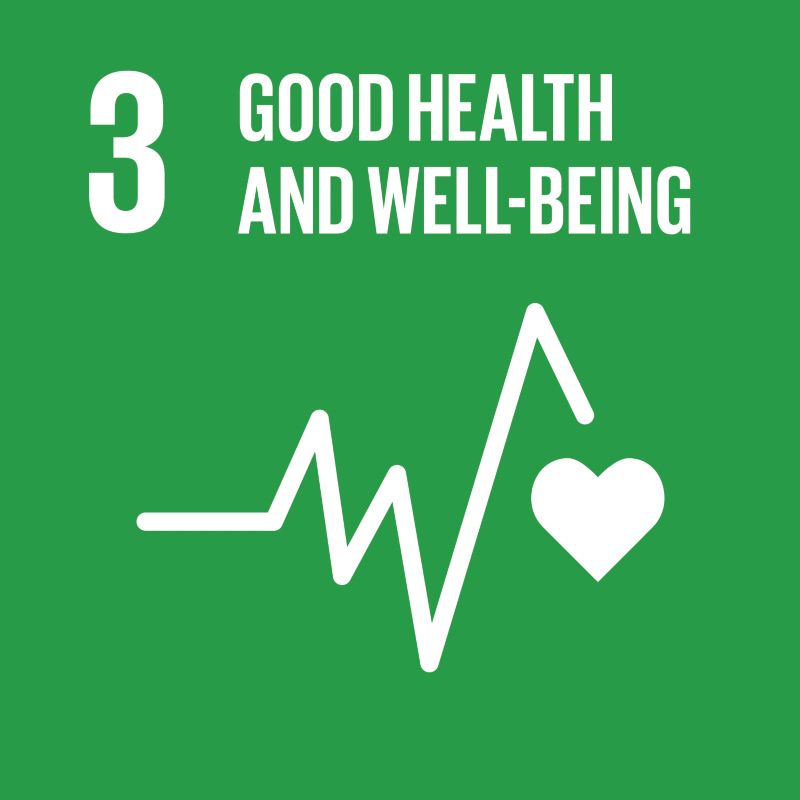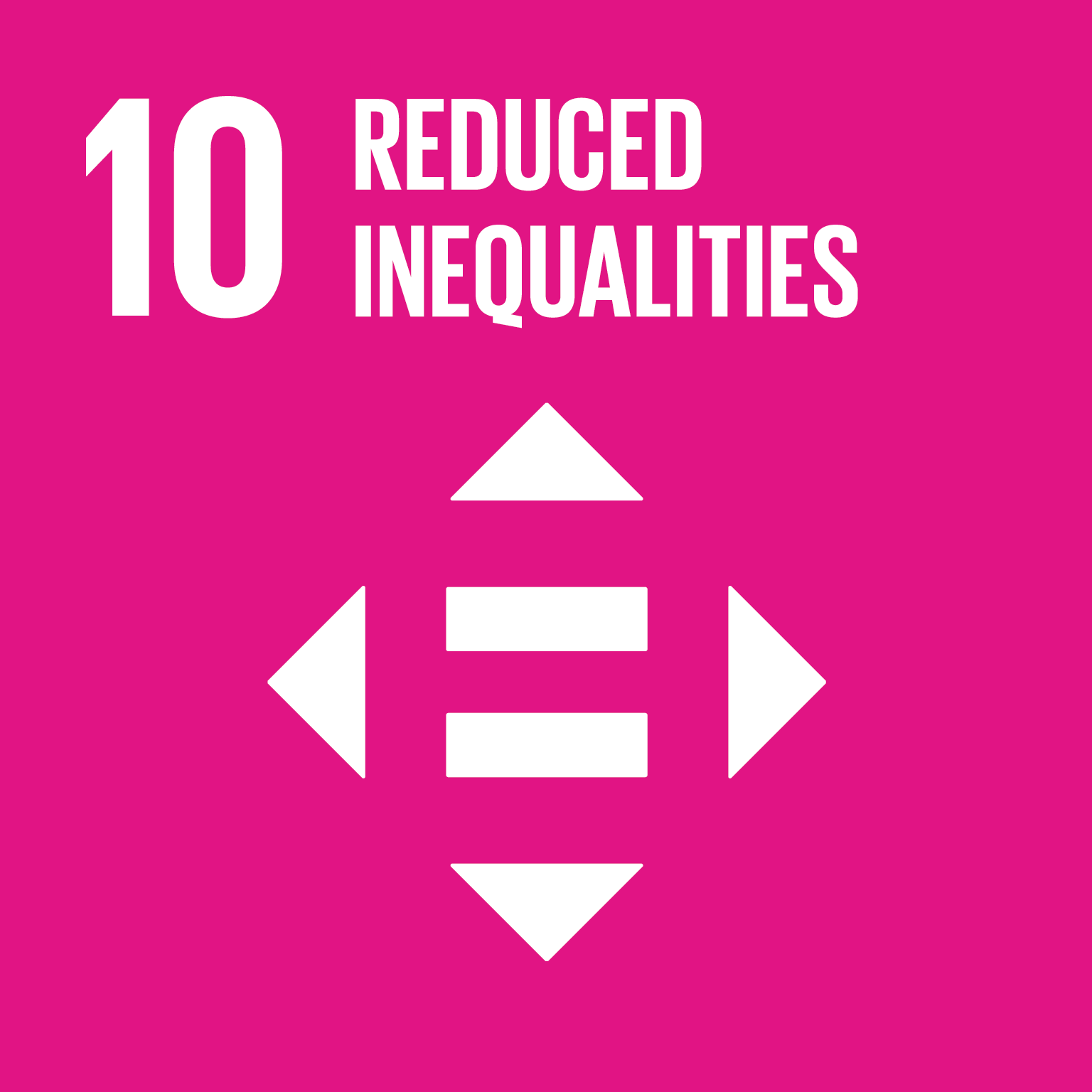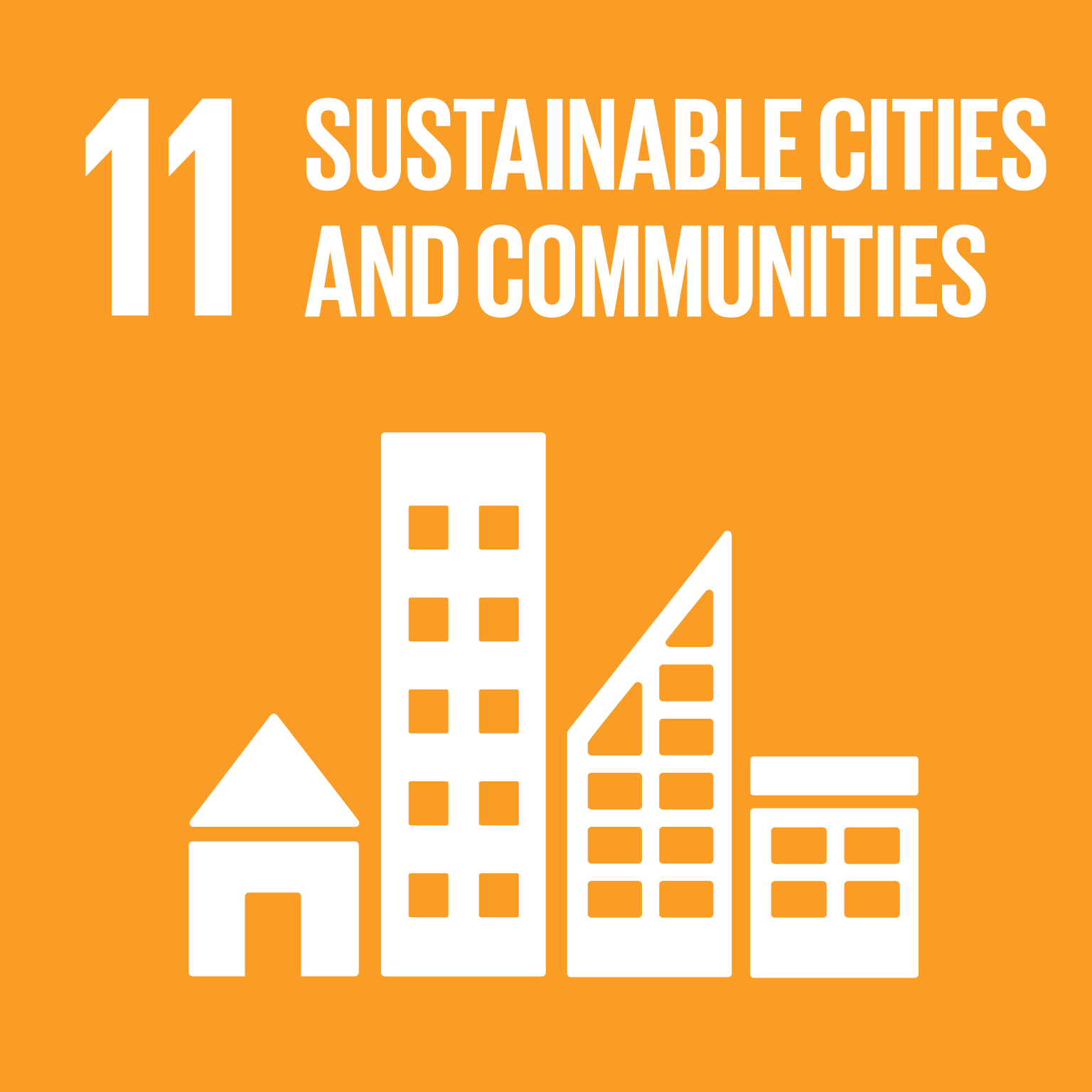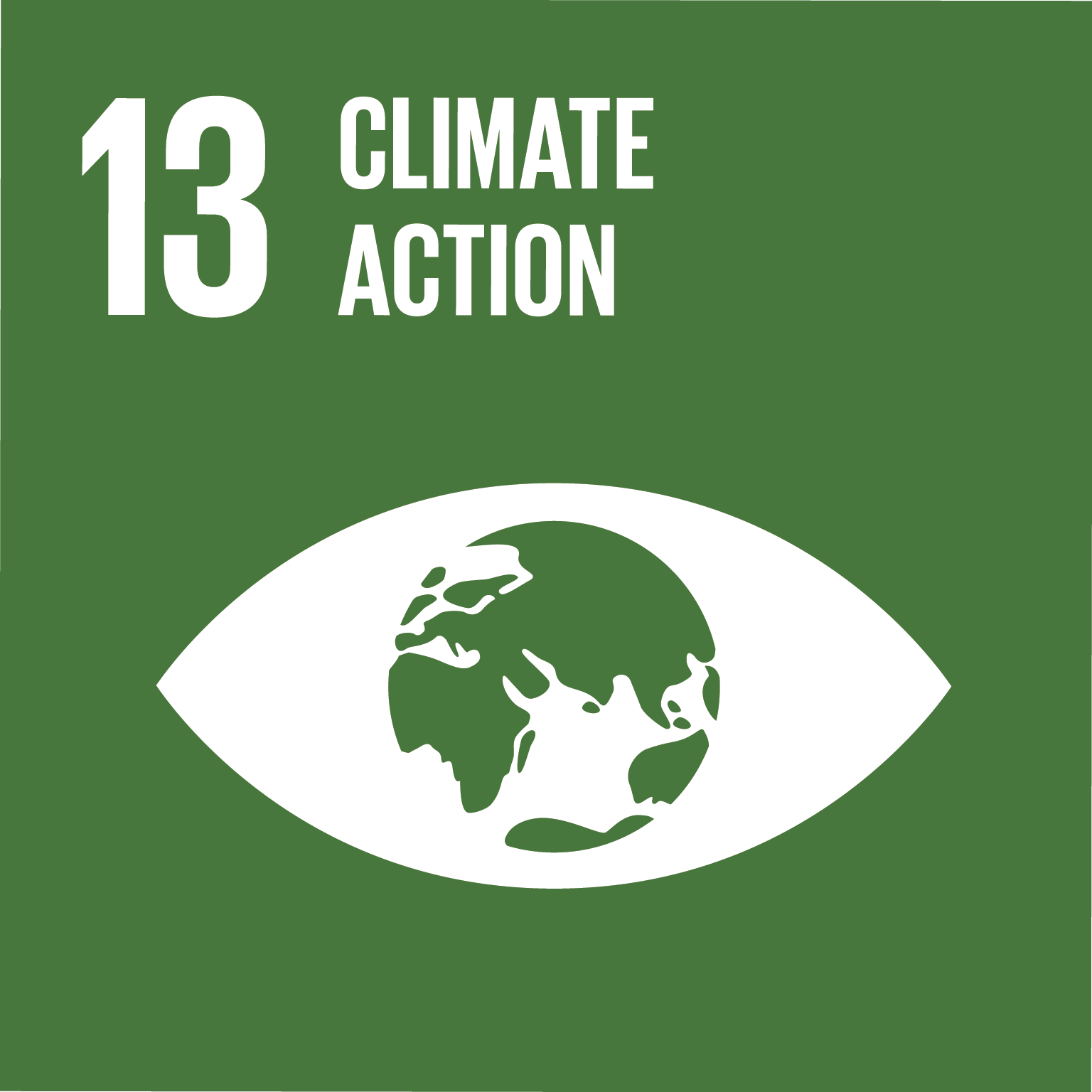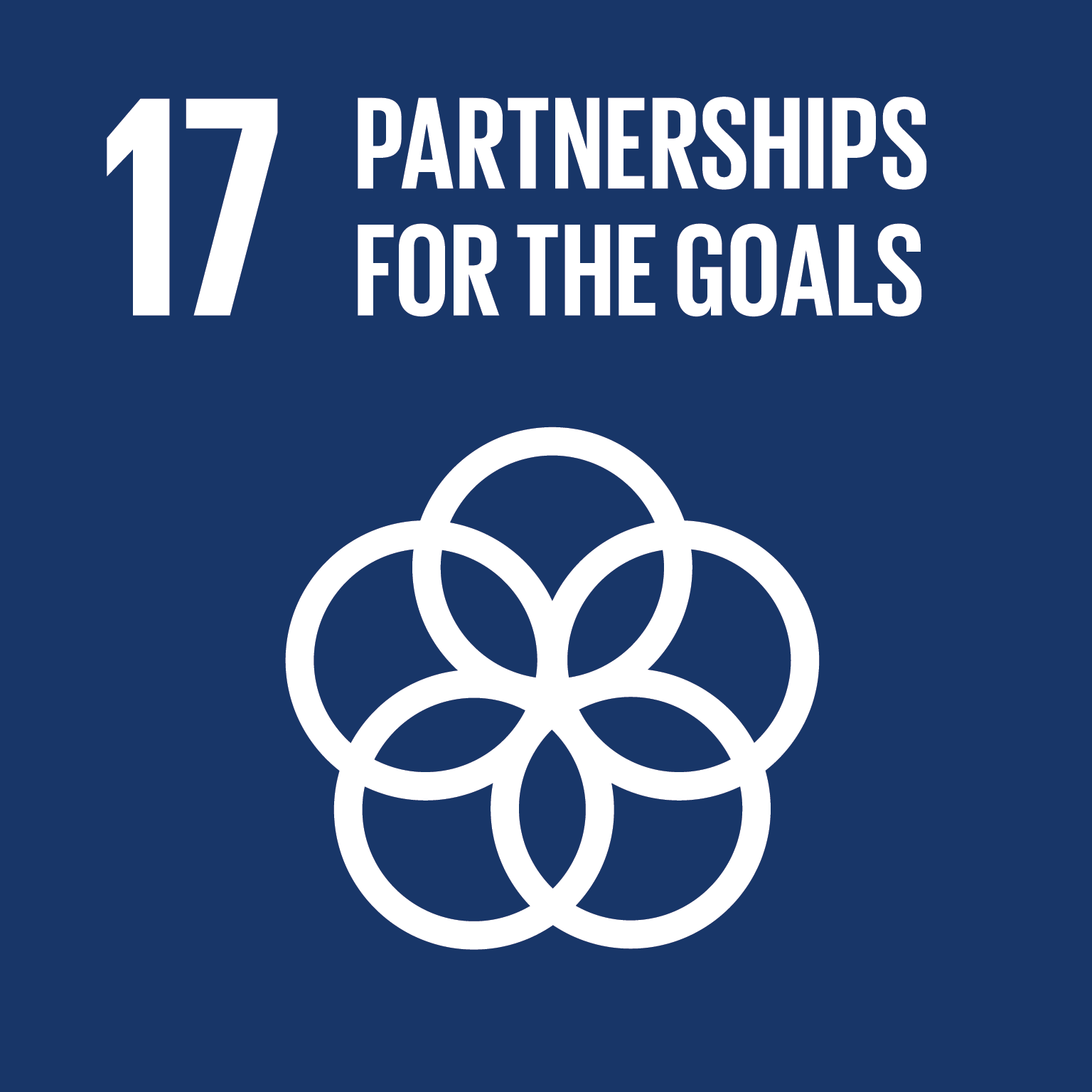The Australian Urban Observatory (AUO) is a new digital liveability planning tool, developed by our team from RMIT’s Centre for Urban Research, which has been specifically designed to support decision makers prioritise actions to promote health and wellbeing in their communities.
The Australian Urban Observatory (AUO) is a new digital liveability planning tool, developed by our team from RMIT’s Centre for Urban Research, which has been specifically designed to support decision makers prioritise actions to promote health and wellbeing in their communities.
What is the AUO?
Founded in the social determinants of health, our team investigates the connections between urban planning and public health – in short, liveability. The Australian Urban Observatory maps key liveability measures across the 21 biggest cities in Australia and currently includes 42 indicators across 9 domains. These domains include:
- Liveability
- Walkability
- Social Infrastructure
- Transport
- Food
- Alcohol
- Public Open Space
- Employment
- Housing.
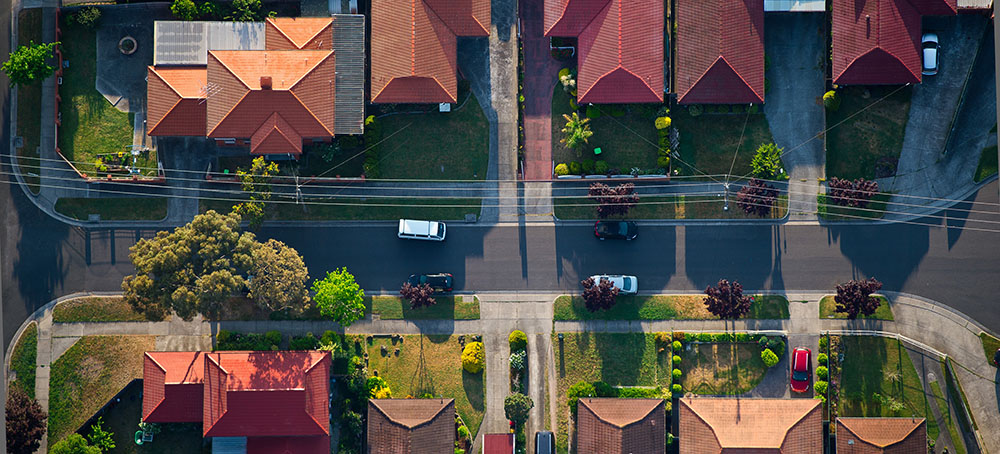
You can download a list of AUO Cities and Indicators here (including 8 new Transport and Food indicators which have just been released.) We map to three levels of detail, covering approximately 40,000 neighbourhoods (ABS SA1s), 3,100 suburbs (ABS SSCs) and 170 Local Government Areas across Australia.
How can the AUO support health and wellbeing in my community?
The AUO is used by our industry partners in local, state and federal government for a range of purposes including:
- public health and wellbeing planning
- strategic planning and policy development
- monitoring, evaluation and goal setting
- shared measurement for collective impact
- advocacy
- health promotion
- applied research.
We prepared a Knowledge Sharing document which contains links to a number of these policy and planning examples. We also developed Guidance Notes to support a number of policy objectives, including the Sustainable Development Goals (SDGs), which can be downloaded here.
AUO + Health impacts of climate change
We are currently working on a live project with the City of Greater Dandenong, the Mornington Peninsula Shire, alongside the Centre for Just Places at Jesuit Social Services to investigate the interaction of climate change and health within these municipalities.
The goal is to establish a range of interventions needed to address the drivers of vulnerability, including poverty reduction, improved access to housing and housing quality, access to open space, and improved social infrastructure, all of which are key aspects of liveability mapped in the Australian Urban Observatory. We are also developing new climate change related indicators as part of this project including greenspace, heat vulnerability, demographics and health, as well as the inclusion of council provided indicators. You can learn more about this project here.
How does the AUO support progress towards the SDGs?
The AUO connects to many of the SGD goals, key amongst these is Goal 17: Partnership for the Goals. First and foremost, the AUO was developed to build partnerships with local, state and federal governments, and other important decision makers, to share our research knowledge with practitioners to create real- world impact.
The AUO is focused on improving liveability, health and wellbeing, climate change action and equity meaning that other key SGD goals are:
- Goal 11: Sustainable Cities and Communities
- Goal 3: Good Health and Wellbeing
- Goal 13: Climate Action
- Goal 10: Reducing Inequalities.
Beyond these key pillars of the AUO, our domains of liveability connect us to many of the other SDGs.
Key contributors:
Melanie Davern, Director of the Australian Urban Observatory
Katherine Murray, Partnerships and Development for the Australian Urban Observatory
